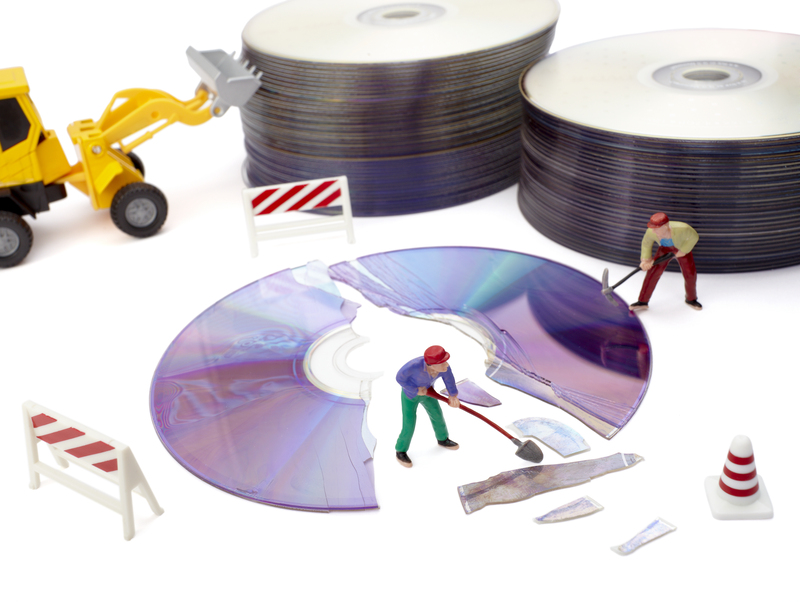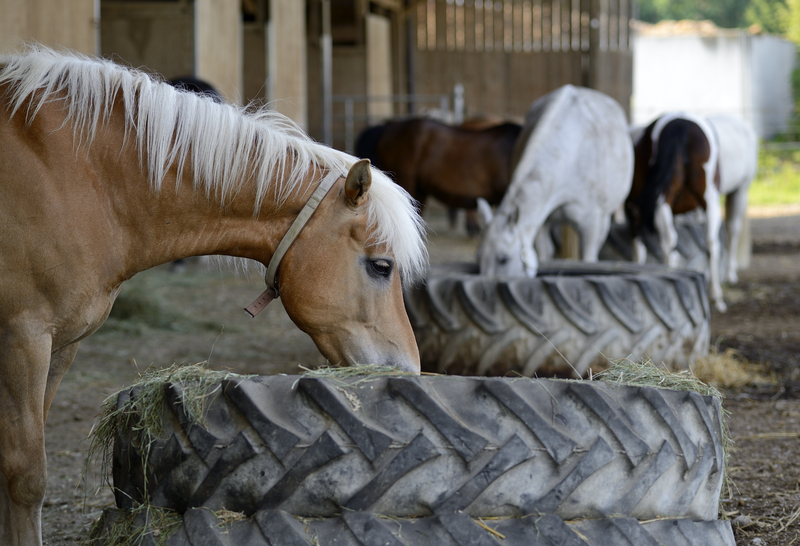Embrace the Art of Decluttering and Minimalist Living
Have you ever felt overwhelmed by the sheer amount of possessions you own? Perhaps your home feels filled with items you no longer use or need. Embracing the art of decluttering and minimalist living can transform not only your space but also your mind and wellbeing. In this comprehensive guide, we'll explore how to embrace minimalist living, why decluttering your home is life-changing, and actionable strategies for adopting a more intentional lifestyle.
What is Decluttering and Minimalist Living?
Decluttering and minimalist living are closely related but uniquely distinct concepts. Decluttering refers to systematically removing unnecessary items from your living environment. Minimalist living, on the other hand, is a lifestyle philosophy that focuses on living with only the essentials and finding contentment in simplicity.
- Decluttering: The process of removing physical and digital clutter from your life.
- Minimalist Living: Adopting an intentional approach to possessions, time, and even relationships to create space for what truly matters.
When you embrace a minimalist lifestyle, you are making a conscious decision to prioritize quality over quantity - in every aspect of your life.

Why Embrace Minimalist Living and Decluttering?
Minimalist living and decluttering offer a wide array of benefits that go far beyond having a tidier home. Let's look at the profound advantages:
Mental Clarity and Focus
- Less Distraction: A cluttered environment can cause stress and distraction, making it difficult to focus on what's really important.
- Improved Creativity: Minimalism creates mental space for creativity to flourish.
Reduced Stress and Anxiety
- Psychological Calm: Clear spaces promote a sense of order and calmness.
- Ease of Maintenance: With fewer items, cleaning and organizing become a breeze.
Sustainability and Environmental Impact
- Lower Consumption: Buying less and consuming consciously leads to a smaller ecological footprint.
- Responsible Discarding: Donating, recycling, or selling unwanted items supports sustainability.
Financial Freedom
- Less Spending: Being mindful about purchases saves significant money over time.
- Value-oriented Choices: Resources are spent on experiences or investments that truly matter.
More Time and Freedom
- Easy Decision-making: Fewer belongings mean fewer choices, reducing decision fatigue.
- Flexible Lifestyle: Minimalism makes moving or traveling easier and less stressful.
Minimalist living isn't merely a trend; it's a pathway to a happier, healthier, and more meaningful life.
Understanding the Psychology of Clutter
The connection between our possessions and emotions is deeper than most people realize. Often, we hold onto items because of guilt, nostalgia, or a fear of scarcity. Understanding these psychological barriers is essential for anyone wanting to embrace minimalist living.
Common Mindsets That Lead to Clutter:
- "I might need it someday."
- Sentimental Attachment: "This reminds me of my childhood."
- Fear of Wasting Money: "It was expensive, so I can't let it go."
- Gift Guilt: "Someone gave me this; it would be rude to donate it."
Recognizing these thoughts is the first step toward releasing physical and emotional clutter, opening the door to intentional living.
How to Start Decluttering and Living Minimally
Ready to embrace the art of decluttering and minimalist living? Here's a practical, step-by-step guide to help you transform your environment and lifestyle:
Step 1: Set Clear Intentions
- Define Your Why: Write down your motivations for wanting a clutter-free minimalist life.
- Visualize Your Ideal Space: Imagine how your space will look and feel after simplifying.
Step 2: Start Small and Build Momentum
- Begin with One Area: Focus on a single drawer, shelf, or closet before tackling entire rooms.
- Use the "Four-Box Method": Label four boxes - Keep, Donate, Sell, Trash - and sort all items accordingly.
Step 3: Ask Key Questions When Decluttering
- "Do I use this regularly?"
- "Does this item bring me joy or serve a real purpose?"
- "If I lost this today, would I replace it?"
Be ruthless but compassionate with yourself as you make decisions.
Step 4: Organize What Remains
- Assign Every Item a Home: Everything you keep must have a dedicated place where it's returned after use.
- Keep Surfaces Clear: Limit items on countertops, desks, and tables for an uncluttered look.
Step 5: Practice Ongoing Maintenance
- One In, One Out Rule: For every new item you bring in, remove one similar item.
- Regular Mini-Declutters: Set reminders to review and tidy your space periodically.
Minimalist Living Room Ideas
The living room is often the heart of the home and a natural place to implement minimalist principles.
- Choose Multi-Functional Furniture: Opt for items like storage ottomans or sofa beds.
- Limit Decorative Objects: Select a few cherished pieces instead of filling every surface.
- Favor Neutral Palettes: Whites, beiges, and grays create a sense of calm and spaciousness.
- Maximize Natural Light: Allow sunlight to brighten and make the space feel larger.
Minimalist Bedroom Transformation
A minimalist bedroom promotes restful sleep and tranquility.
- Remove Excess Furniture: Keep only essential items like a bed, nightstand, and perhaps a chair or dresser.
- Curate Your Wardrobe: Adopt a capsule wardrobe to minimize clothing clutter.
- Keep Nightstands Tidy: Limit what you store to basics like a lamp, book, or water glass.
Minimalism in the Kitchen
Minimalist kitchens are efficient, beautiful, and easy to maintain.
- Declutter Appliances: Only keep those you use weekly; donate or store the rest.
- Organize Pantry and Cabinets: Group like items and maximize vertical storage.
- Limit Duplicates: One set of dishes and utensils is usually enough for most families.
Digital Decluttering for Minimalist Living
Minimalism extends beyond physical possessions; freeing your digital life is equally important.
- Unsubscribe and Filter: Regularly unsubscribe from emails and organize your inbox with labels and automation.
- Delete Unused Apps: Remove applications you no longer use from your devices.
- Organize Digital Photos: Sort, delete, and back-up important photos; use the cloud for minimalism and safety.
- Limit Screen Time: Be intentional about your digital consumption to free up mental space.
Minimalist Mindset and Emotional Decluttering
To truly embrace minimalist living, work on your mindset and declutter emotional baggage:
- Let Go of Perfectionism: Minimalism isn't about having a perfectly empty space, but about living intentionally.
- Practice Gratitude: Appreciate what you have, which makes it easier to let go of excess.
- Prioritize Self-Care: Use the time and space you gain for rest, activities you love, and relationships that matter.
Frequently Asked Questions About Minimalist Living
Is Minimalist Living Expensive?
No, minimalist living is centered on buying less, investing in quality, and making intentional choices. While initial purchases (like quality furniture) may cost more, you'll save money over time by avoiding frequent, impulsive buying.
What If My Family Isn't On Board?
Start with your own possessions and lead by example. Share the benefits, and respect others' boundaries. Often, family members are inspired once they see the positive changes in your life and home.
Does Minimalism Mean Getting Rid of Everything?
Absolutely not! Minimalism is about keeping what adds value and removing what's excessive. Your space should feel comfortable and suited to your needs and tastes.
Top Tips for Sustaining Minimalist Habits
- Schedule Monthly Reviews: Regularly assess possessions to prevent clutter from creeping back.
- Be Mindful When Shopping: Ask yourself *if an item fills a genuine need or is simply an impulse purchase*.
- Embrace Experiences Over Things: Spend resources on travel, learning, or meaningful experiences.
- Find Joy in Less: Celebrate the freedom, peace, and clarity that come from owning less.

Life Beyond Clutter: The Joys of Minimalist Living
Embracing the art of decluttering and minimalist living leads to unexpected transformations. As your space clears, so does your mind. You discover joy in simple routines, creative pursuits, and relationships that thrive without the distraction of excess possessions.
Remember: The journey to minimalist living is personal and ongoing. There's no 'perfect' way to declutter or live minimally, just the *best way for you*.
Conclusion: Start Your Minimalist Journey Today
Minimalist living and decluttering offer a pathway to less stress, more freedom, and a truly meaningful life. Whether you're just starting or seeking to deepen your practice, the benefits are profound and lasting. Approach decluttering as a mindful process, and celebrate each step toward simplicity.
Now is the perfect time to embrace the art of decluttering and minimalist living - and to create a home, a mind, and a life you truly love.